A story vine is a form of storytelling that doesn’t use written words. Shannah-Lee Vidal explains for CBC News that, although the concept of story vines originated in Africa, story vines can tie in well with Indigenous oral traditions. In the article, workshop attendees were told the Cree flood and creation story, and had to retell the story by representing key points throughout their art piece. This is a cross-curricular activity that can be used to weave Indigenous oral storytelling and perspectives into mixed-media art.
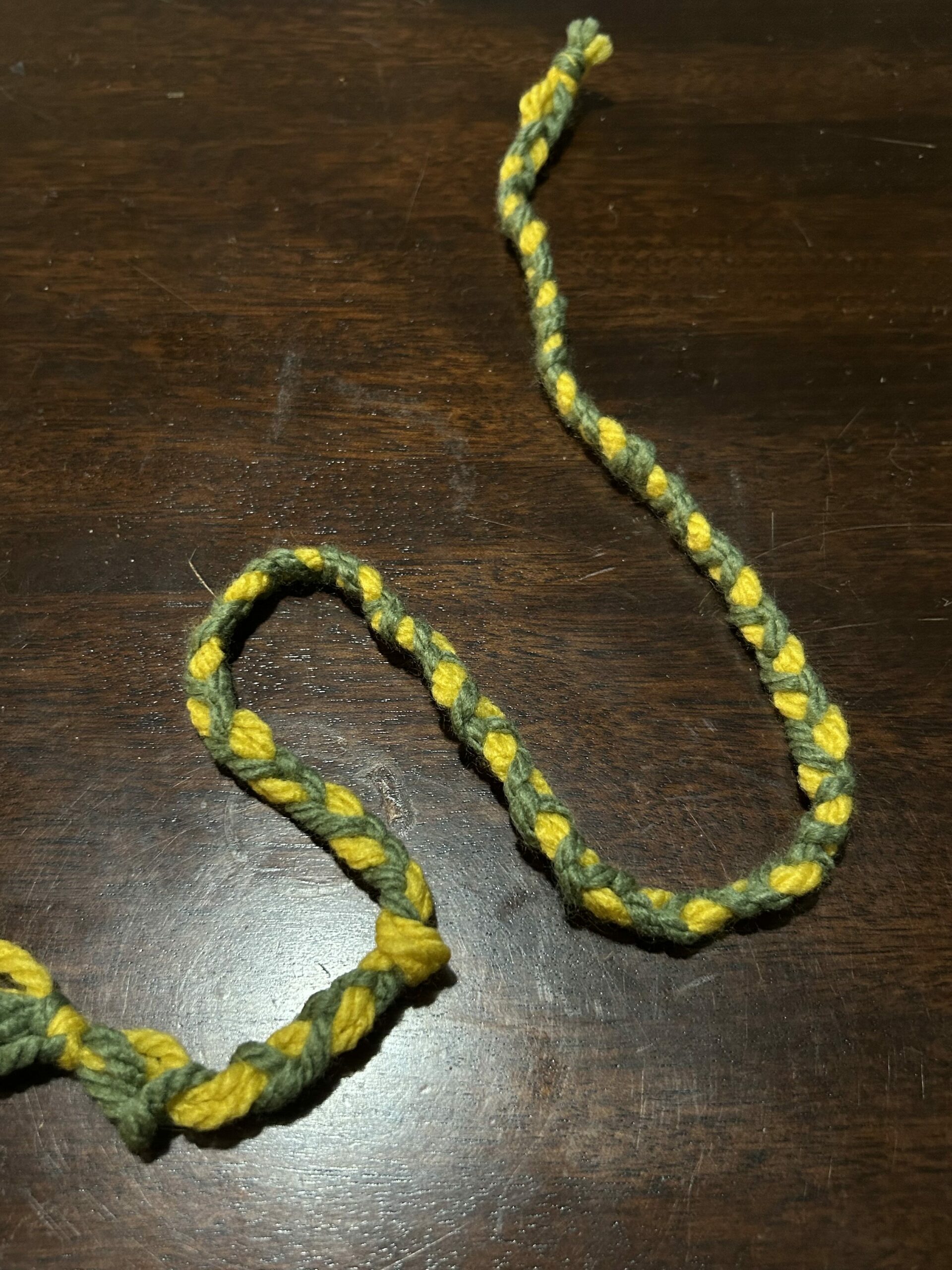
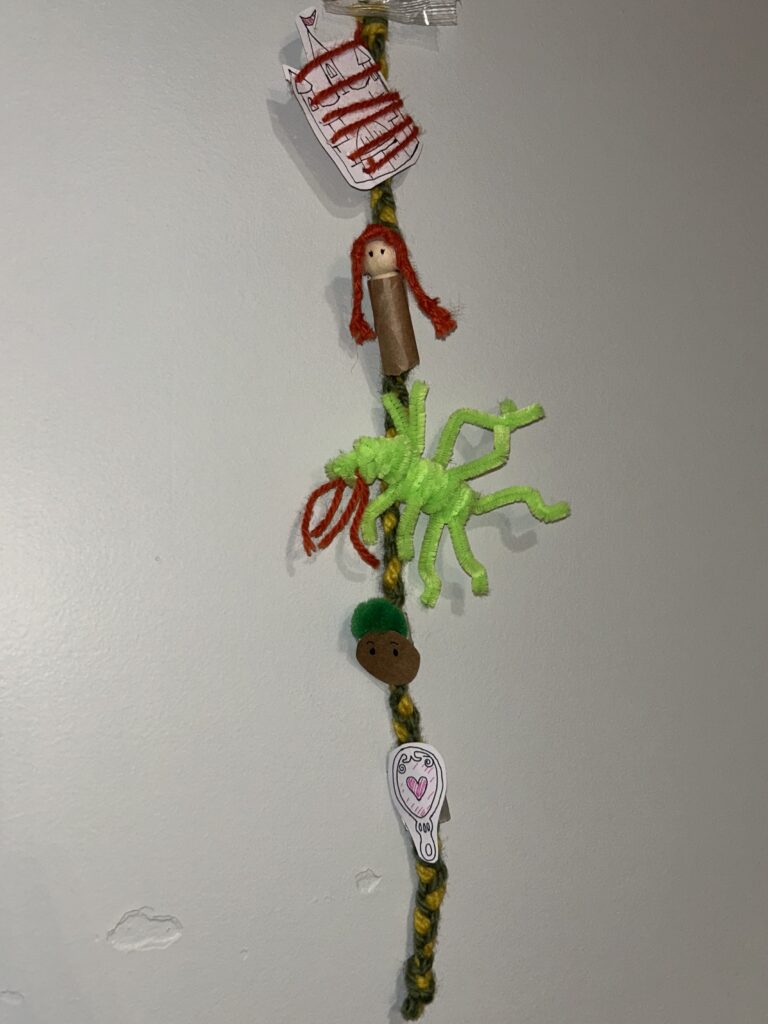
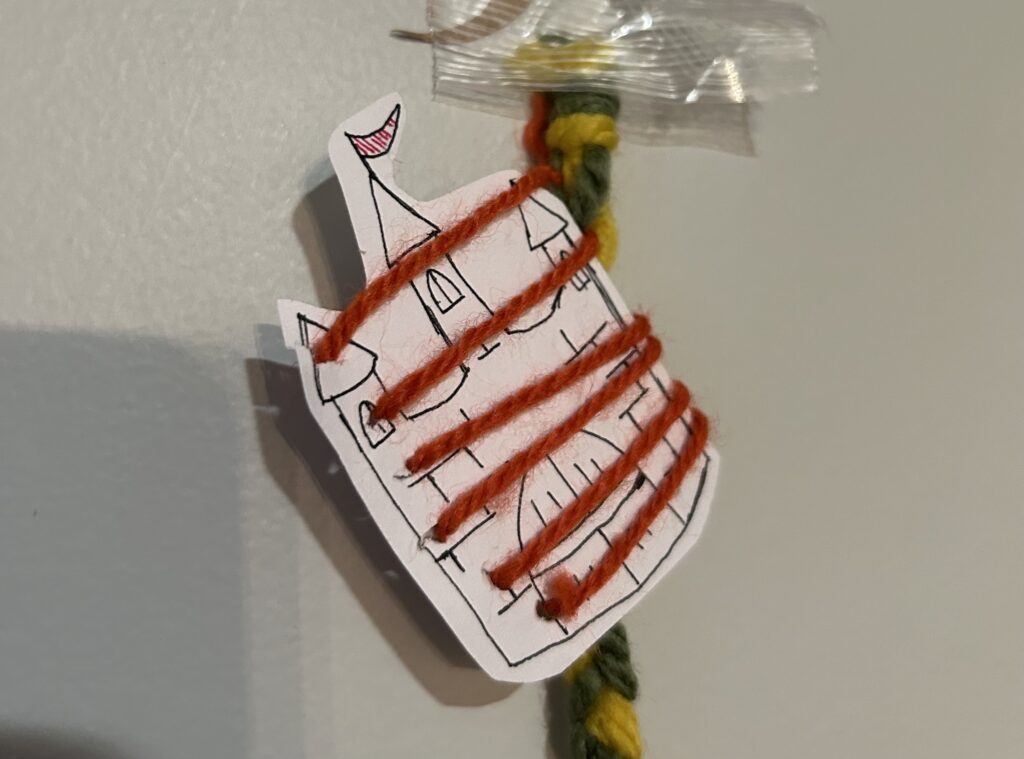
Firstly, I drew the castle on paper and used yarn, both to tie the drawing to the vine and to represent the dragon’s fire when the castle was under attack.
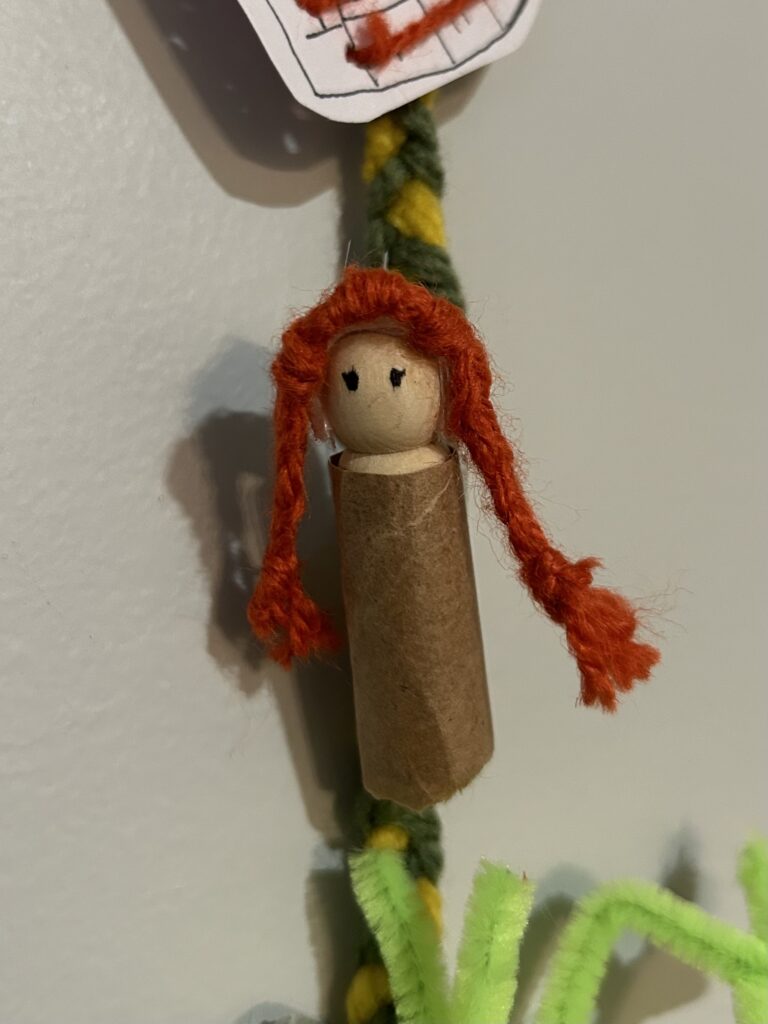
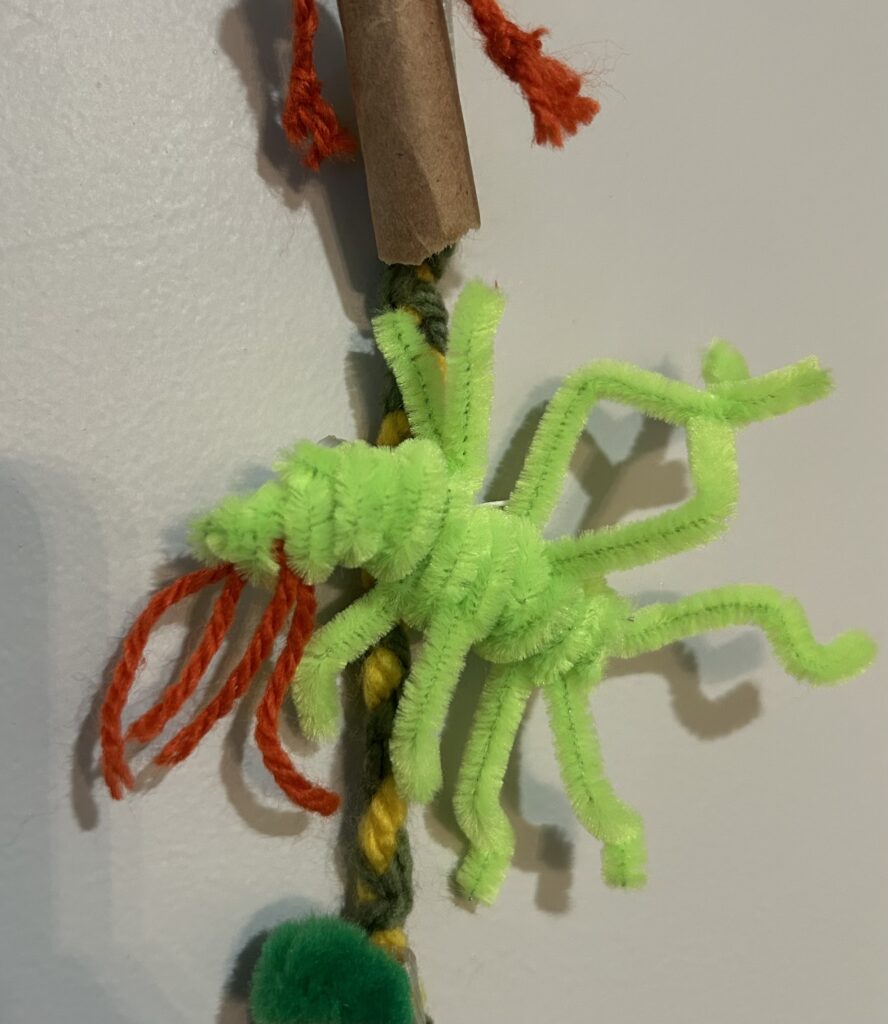
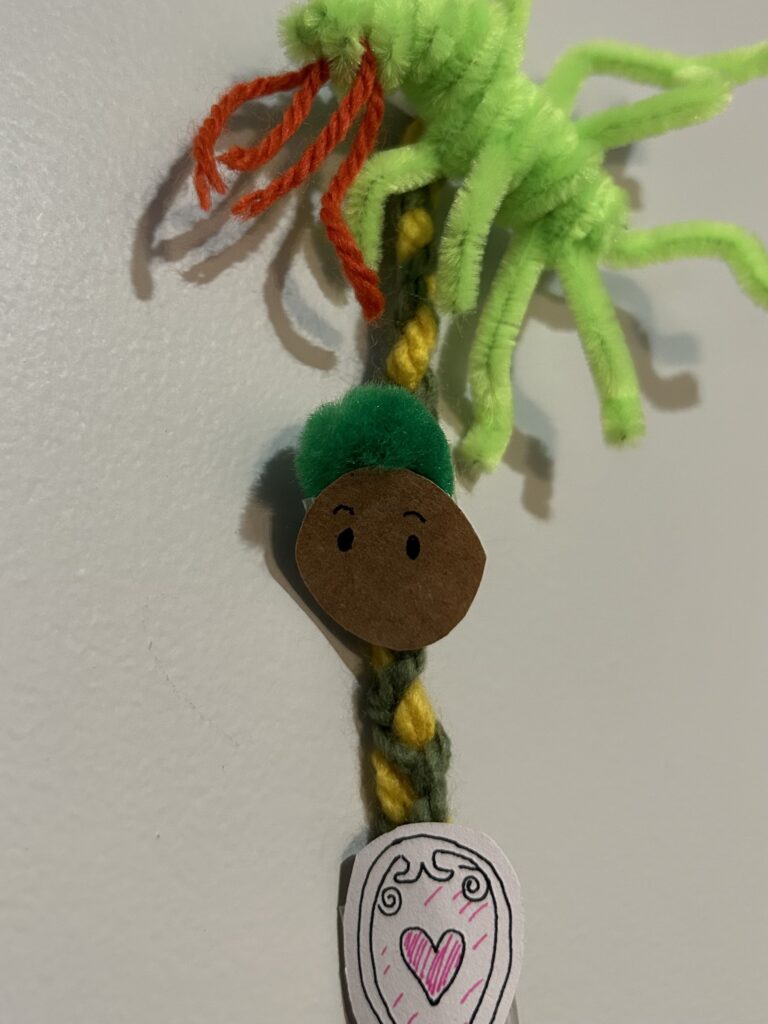
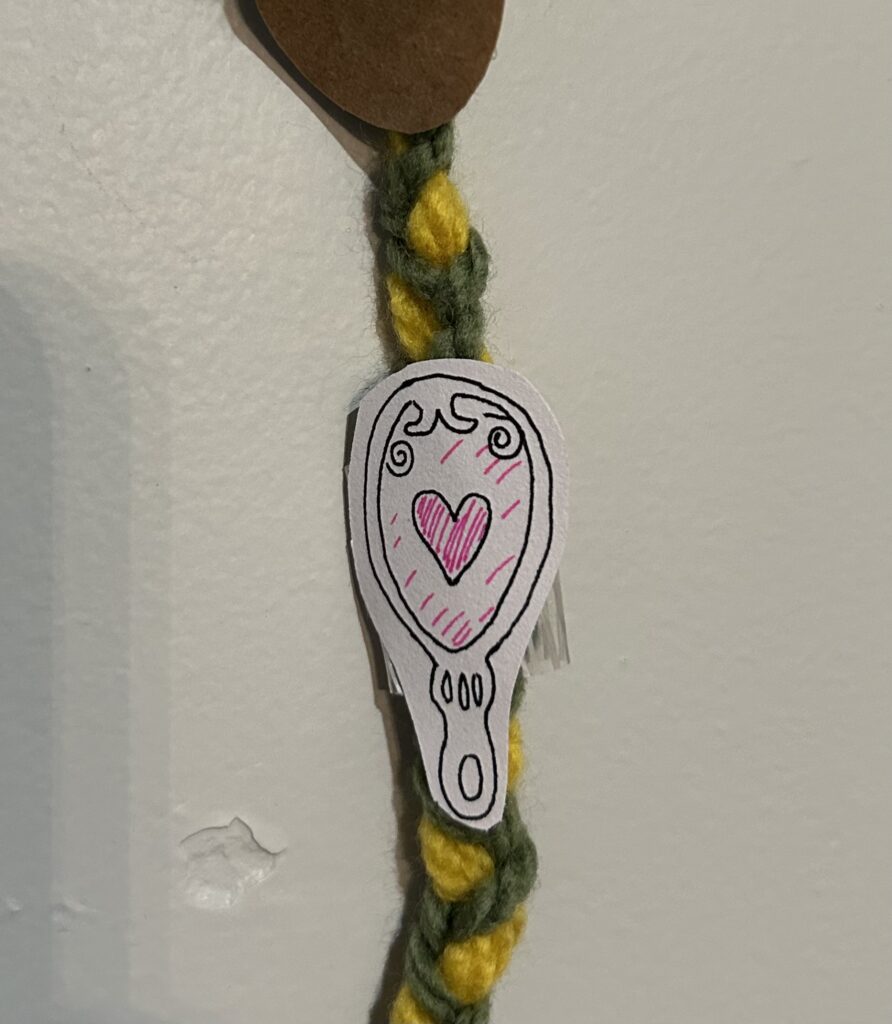
Finally, a mirror to represent the scene where Prince Ronald, unappreciative of Elizabeth’s appearance, contrasts with her realization of self-worth. I felt that a mirror captured the essence of the story’s message about valuing inner qualities over superficial appearances and promotes the idea of independence and self-respect. I drew this on paper and attached it to the vine. If I had aluminum foil or another mirror-like material – I would have used it to make the mirror actually reflective!
Leave a Reply
You must be logged in to post a comment.